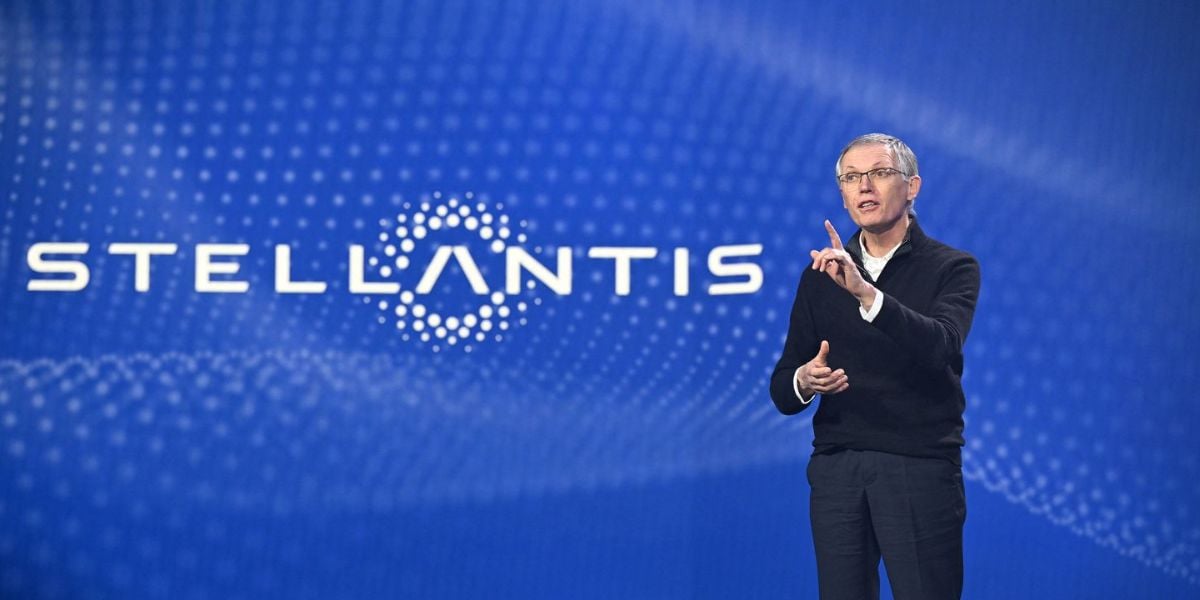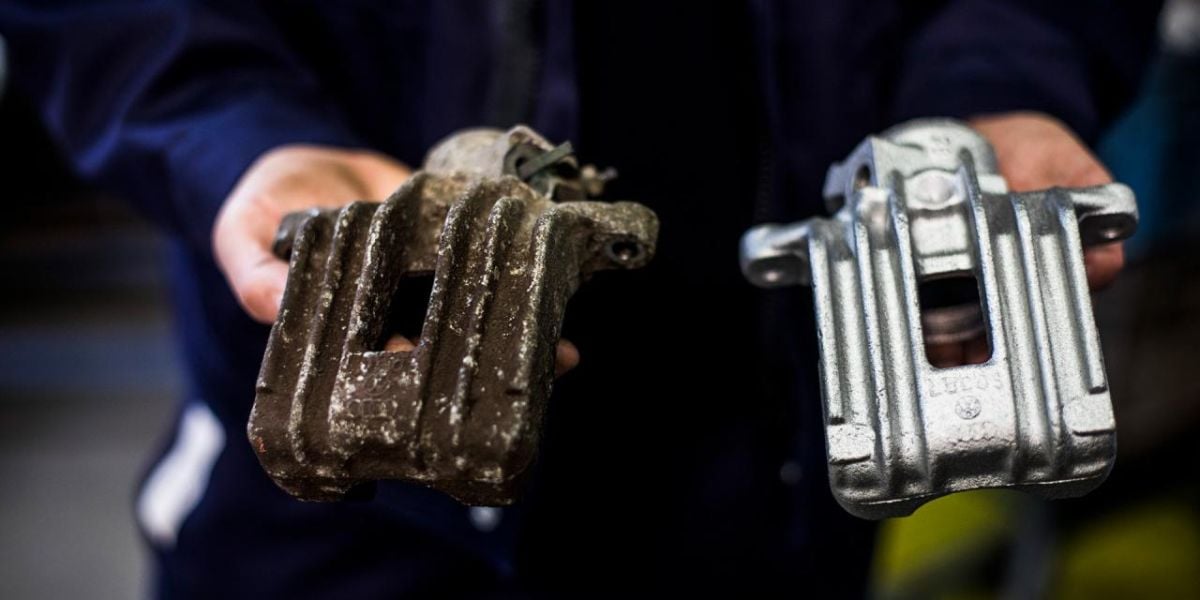Loading component...
Stepping out of the shadows
The country has hosted the Olympic Games and the FIFA World Cup – but what are the prospects for reman in Brazil? The latest report from the Ellen MacArthur Foundation suggests there are grounds for optimism in the country’s burgeoning electronics and electrical equipment sector.
Although currently in the midst of a two-year recession, Brazil is a country for which many observers have high economic hopes. The South American state is, after all, the B in the so-called BRIC group of emerging economies (with Russia, India and China), which have long been touted as potential giants of the future. It has enjoyed a very high international profile in recent years, as host of both the Olympic Games and the FIFA World Cup. Key exports include oil and metals, and it has been hoped that the country could also become a major remanufacturer in future. But how realistic is this? A new report by the Ellen MacArthur Foundation - A Circular Economy in Brazil: An Initial Exploration – is hopeful about the prospects. It was compiled in collaboration with CE100 Brasil, the Foundation’s initiative which brings together stakeholders from the corporate world, government departments and academics.
Research springboard
While this research makes no attempt to quantify the opportunities involved, the Foundation says it wants the paper to be a “springboard for further research on circular economy opportunities in Brazil”, identifying potential opportunities, and invites businesses, academics and policymakers to use it as the basis for discussion. The Foundation also issues a call for further research to be carried out. It examines three areas of the Brazilian economy: agriculture and biodiversity assets, buildings and construction, and electronics and electrical equipment (EEE). Of these, perhaps the latter is most obviously relatable to remanufacturing. A high-value industry, it includes white goods (such as refrigerators and washing machines), green goods (phones and computers), brown goods (audio and video equipment) and blue goods (portable electronic devices and electric tools). As in Europe and the US, there have been legislative moves towards the circular economy in Brazil, not least because of measures such as the National Waste Management Policy and the National Solid Waste Law, which means that companies must “properly dispose of electronic equipment at the end of its useful life”. Such measures make sense: research has already found that two million tonnes of EEE were added to the Brazilian market in 2012, generating 1.4 million tonnes of EEE waste – a staggering 7kg per person – which means that making Brazil is second only the US in this regard. Just 2% of this waste is re-processed.
Circular principles
The Foundation says that the EEE industry in Brazil is made up of production, consumption and post-use markets – in sharp contrast to Europe and the US, “which are mostly end-customer markets of imported goods”. Brazil’s ‘informal’ sector has been innovative, developing “initiatives that apply circular principles through repair, refurbishing, recycling chains and sale to secondary markets”. But little thought is given to how products might be more easily disassembled after use to unlock value. “Embedding circular thinking at the design phase of electrical and electronic equipment can significantly support the value recovery and keep technical nutrients circulating at their highest possible value,” the report insists. International certifications such as the Electronic Product Environmental Assessment Tool (EPEAT) and Restriction of Hazardous Substances (RoHS) are observed by large companies in Brazil when buying electrical and electronic equipment, but “they are still limited in their scope and do not cover all aspects of design for the circular economy”.
Early innovators
The Foundation found that early innovators of circularity in EEE in Brazil have been moving towards the “inner loops that make use of business models in remanufacturing, refurbishment and reuse”. For instance, the value of the refurbishing business of Recicladora Urbana, a small enterprise with an industrial plant in São Paulo, is ten times that created in the firm’s recycling operation. Meanwhile, start-up eStoks tries to capture value from equipment which never entered the market or has barely been used. It aims to harness the logistics of collection and recovery by making a virtue of the concentration of EEE manufacturing plants in southern and central Brazil. “It then applies an algorithm to analyse the equipment’s condition and then redirects it to secondary markets at 50-70% of the price of a new product,” the report explains. Such ‘informal’ players have much to offer and compete on lower prices, and it is from them that larger players may be able to learn, the research says. Managing reverse logistics depends on achieving scale, maximising volume and minimising costs - particularly transport. Collaborations between the two are the way forward, the Ellen MacArthur Foundation suggests – and there are highly encouraging signs. For example, a year ago Abinee (the Brazilian Electrical and Electronics Industry Association) and 48 EEE companies set up an organisation called Green Eletron to identify and manage reverse logistics in the sector.
Pockets of innovation
The EEE sector in Brazil seems to have scope for real development. But as with reman all over the world, there are barriers. For example, there are pockets of innovation: but it is one thing coming up with a clever idea – it is often quite another to turn it into a model whose scale can bring real financial rewards and therefore encourage others. According to the researchers, problems included “tax policies that incentivise linear economic models, the lack of mechanisms to increase formalisation and collaboration between industries and organisations operating informally in the reverse cycles, and questions around intellectual property”. However, these can be overcome with business models that promote practices such as sharing and pay-per-use. “Refurbished products can provide more affordable, higher value and more updated products to users, and at the same time create new market opportunities for service providers,” the report suggests. This would lead to a market in which EEE products are built to last and reusable, reducing the need for repairs and returns, and reducing total cost of ownership – a financial consideration which appeals to all strata of customers but would certainly benefit lower-income populations in Brazil. Researchers cite Brazilian companies Sinctronics and Nat.Genius as examples of those which are “well informed about the disassembly and collection processes for the EEE sector” and could therefore be providers of relevant technology and insight to enable improved product design – which would in turn make products “easier to disassemble, refurbish and remanufacture”. Sinctronics is part of electronics manufacturer Flex, and was created in response to Brazil’s National Solid Waste Law, which requires that companies properly dispose of electronic equipment at the end of its useful life. Nat. Genius is a new business unit of Brazilian compressor manufacturer Embraco, which focuses on the reman of EEE.
Bottom-up approach
The report suggests that this bottom-up approach would see Brazilian companies providing feedback into the design process of global EEE players: it is quite a thought. The Ellen MacArthur Foundation, along with McKinsey Centre for Business and the Environment, and SUN, has already suggested that adopting circular economy principles in Europe – in the face of what it calls “the impending digital technology revolution” - could create a net GDP benefit of €1.8 trillion by 2030 (see ReMaTecNews, February/March). In much the same way, it reckons that India could be looking at annual benefits of $624 billion in 2050 if it takes similar measures. The clear implication is that Brazil may have similar rewards within its grasp. “Early findings indicate that a transition to the circular economy could unlock opportunities for greater innovation and value creation in Brazil,” the report concludes.
How to drive Brazil’s circular economy:
• Use Brazil’s specific market conditions – such as proximity of growing consumer markets to manufacturing centres, established reverse cycle infrastructure, and existing knowledge, skills, and capacity - when it comes to EEE to create new circular economy business opportunities.
• Integrate the informal economy into the EEE sector, bringing together the ‘formal’ industry’s efficiency and operational capacity with the ‘informal’ sector’s agility.
• Develop new business models to widen access to – and lower cost of - EEE products.
• Business models that promote sharing, pay-per-use, and refurbished products can provide more affordable, higher value and more updated products to users.
• Create mechanisms to inform design processes.



